US military sites in Gulf: Which countries will come in line of Iranian fire?
As tensions between Iran, Israel, and the United States escalate into open conflict, a critical question looms over the Middle East: How effective and dangerous is the US military presence in the Gulf?
The answer lies in the extensive strategic architecture that Washington has established across the region — both in the air and at sea.
Air superiority: five expeditionary wings in the Gulf
The US Air Force currently operates five expeditionary wings across the Gulf region — two in Kuwait, and one each in Saudi Arabia, the United Arab Emirates, and Qatar.
These wings are primarily equipped with modern F-15 and F-16 fighter jets, capable of rapid-response strikes and sustained air superiority in any theater of conflict.
Qatar’s silent wing: eyes, intelligence, and fuel
While the air wing based in Qatar is not designed for direct combat, its strategic importance is no less significant.
This unit specializes in aerial surveillance, intelligence gathering, and mid-air refueling, which are essential to supporting combat aircraft operating across the region.
It forms the backbone of coordination and sustainability for US air operations in the Middle East.
Layered defense: expanding missile shield
Over the past 18 months, the US has significantly expanded its missile defence infrastructure across the Gulf.
New air defence sites have been activated in Kuwait, while Qatar is preparing to deploy another state-of-the-art missile defence system.
These platforms are designed to intercept threats not only from Iran but from any regional adversary, providing a robust protective umbrella for both US forces and allied states.
Naval dominance: the Fifth Fleet in Bahrain
At sea, America’s might is anchored by its Fifth Fleet, headquartered in Bahrain, which monitors vast swathes of the Persian Gulf, Arabian Sea, and Red Sea.
Central to this fleet is the USS Carl Vinson Carrier Strike Group, complete with its own air wing and a battalion of missile-capable warships.
The fleet’s reach extends from the coast of Yemen to the Strait of Hormuz, capable of launching precise strikes on both land and sea targets.
Strategic implications: deterrence or destabilization?
This formidable US military posture serves a dual purpose. On one hand, it sends a clear message to Iran and other regional actors that Washington stands ready to protect its allies and respond swiftly to any aggression.
On the other, it raises the stakes dramatically — any Iranian retaliation against US military targets could ignite a wider regional war involving multiple nations.
Military analysts warn that while this presence may act as a deterrent, it could also become a trigger point if tensions continue to spiral.
With Iranian missiles already striking Israeli territory and the Strait of Hormuz now closed, the Gulf stands at the brink of a confrontation that may not remain confined to the region.
As the situation evolves by the hour, the world watches closely — wondering whether America’s military power in the Gulf will serve as a shield of stability or the spark of a larger, uncontrollable conflict.
For the latest news, follow us on Twitter @Aaj_Urdu. We are also on Facebook, Instagram and YouTube.


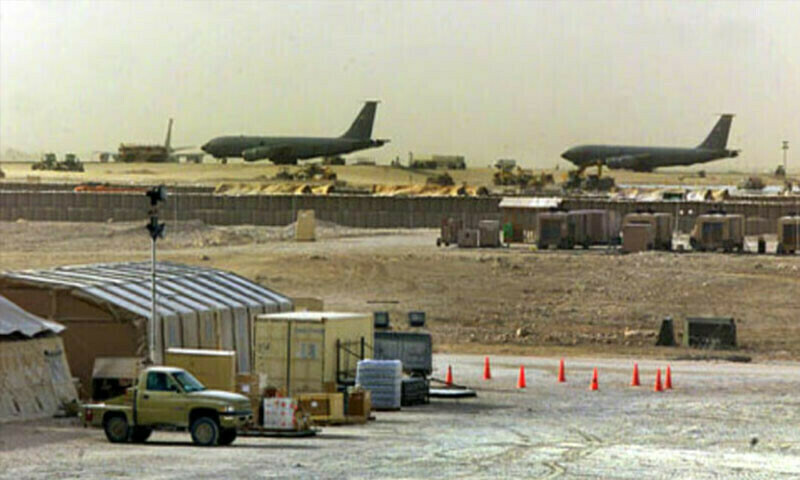

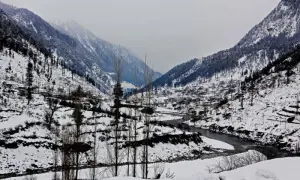




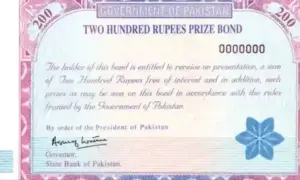




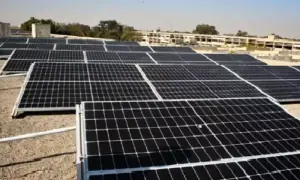


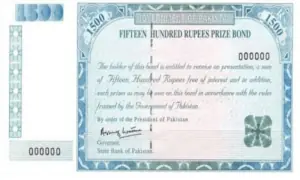



Comments are closed on this story.